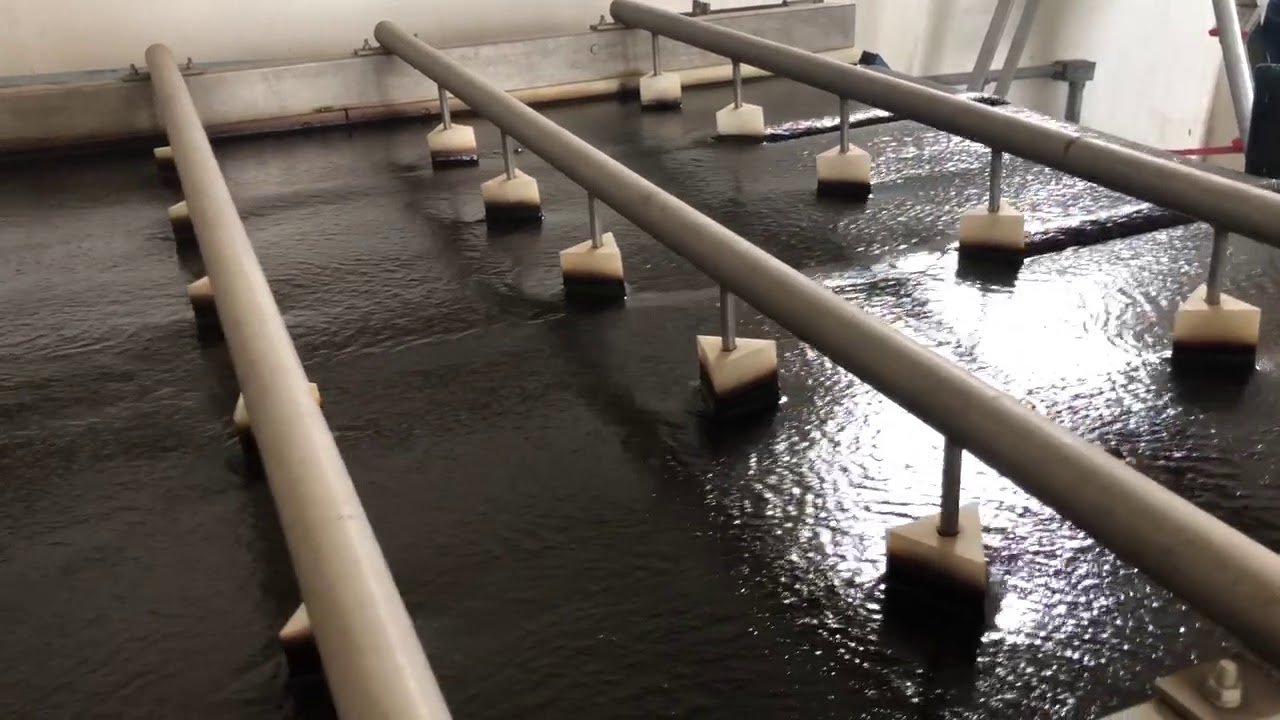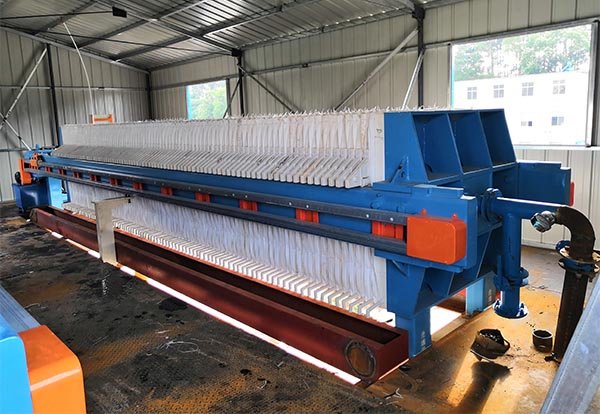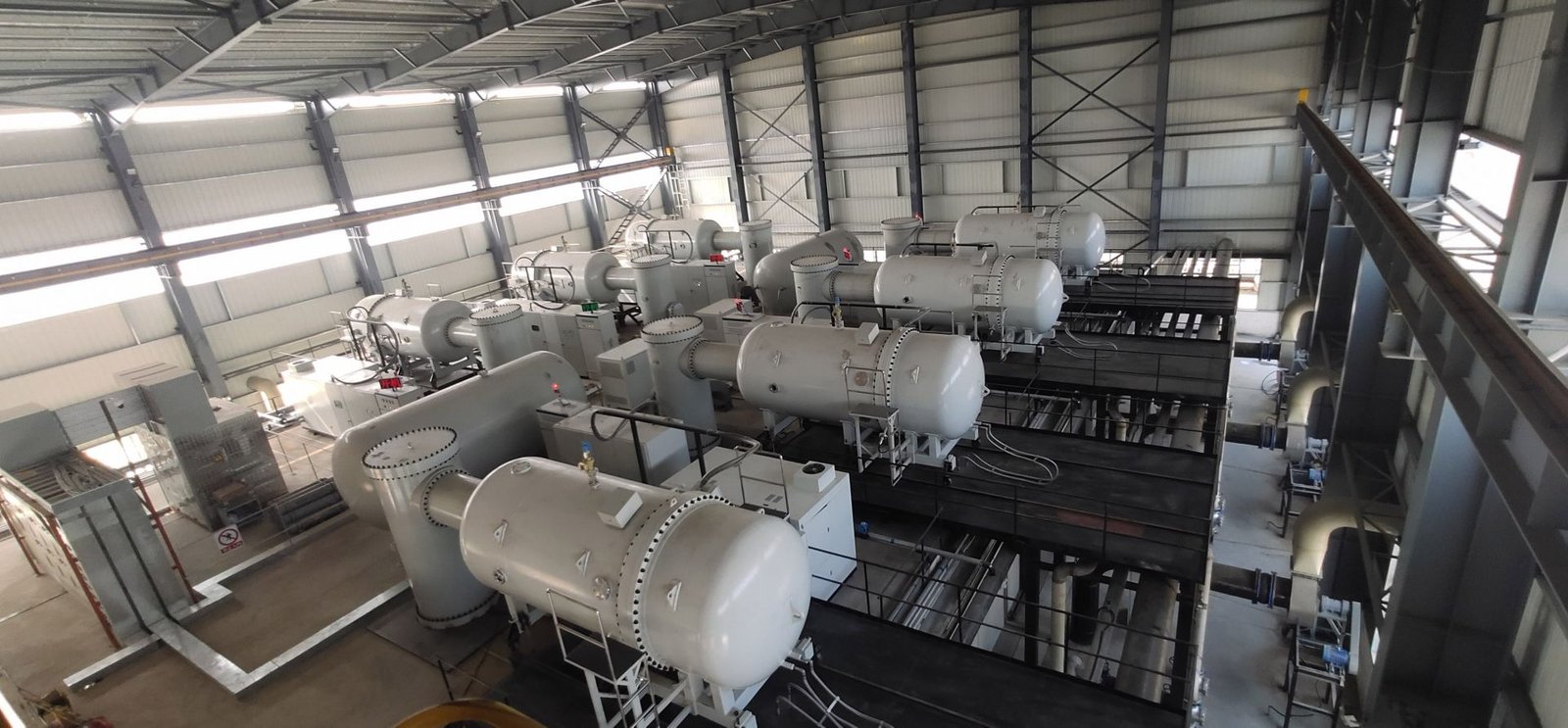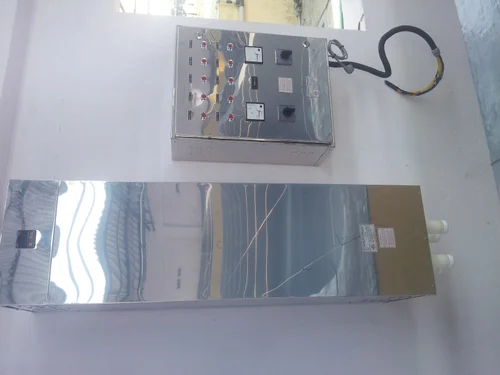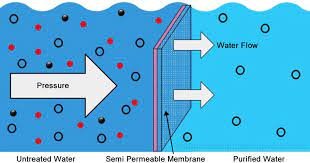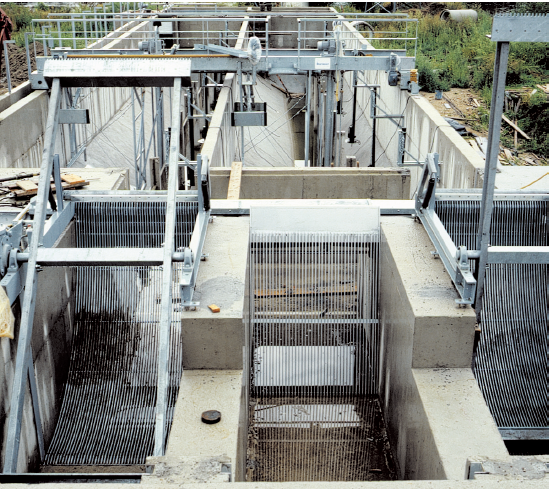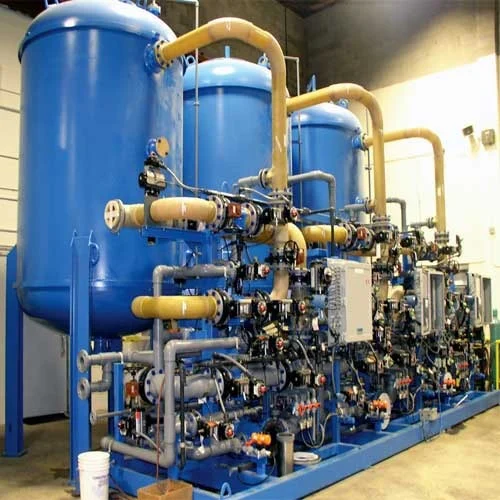Submersible Aerators for Wastewater Treatment: A Comprehensive Guide
The efficient treatment of wastewater is a fundamental aspect of maintaining public health, preserving the environment, and complying with governmental regulations. Among the various technologies used in wastewater treatment, submersible aerators play a crucial role in ensuring effective oxygen transfer, facilitating aerobic biological processes, and maintaining overall system efficiency. This article delves into the intricacies of submersible aerators, exploring their design, operation, advantages, applications, and future developments.
Understanding Wastewater Treatment
Before delving into the specifics of submersible aerators, it is important to understand the context of wastewater treatment. Wastewater treatment processes are designed to remove contaminants from water, ensuring that it can be safely released into the environment or reused. The treatment process is generally divided into three stages: primary, secondary, and tertiary treatment.
-
Primary Treatment: This phase involves the physical separation of large particles and sediments from the wastewater. Techniques such as screening and sedimentation are used to remove solid waste and reduce the load on subsequent treatment stages.
-
Secondary Treatment: This stage utilizes biological processes to break down dissolved and suspended organic matter. It is in this phase that aeration plays a vital role, as oxygen is introduced to promote the growth of aerobic bacteria and other microorganisms that digest organic pollutants.
- Tertiary Treatment: The final stage involves advanced treatment processes to remove remaining nutrients, heavy metals, and pathogens, ensuring the treated water meets required quality standards before discharge or reuse.
The Role of Aeration in Wastewater Treatment
Aeration is the process of introducing air into a liquid, which is crucial for secondary treatment. It serves two main purposes: providing the necessary oxygen for aerobic microorganisms and facilitating the mixing of wastewater. The presence of oxygen allows microorganisms to break down organic matter, resulting in cleaner effluent. Efficient aeration methods are, therefore, essential in optimizing the digestion process and maintaining the overall health of the treatment system.
Submersible Aerators: An Overview
Submersible aerators are mechanical devices specifically designed for submersion in liquid, typically wastewater, to provide oxygen and ensure proper mixing. They consist of a motor, an impeller or diffuser, and a mounting structure, and they operate below the surface of the liquid. The submersible design allows for direct installation into existing tanks or ponds, making them a versatile choice for both new and retrofit projects.
Design and Components
-
Motor: The motor is the driving force of the aerator, converting electrical energy into mechanical energy. Submersible motors are designed to function underwater, with sealed enclosures to prevent water ingress and ensure longevity.
-
Impeller/Diffuser: The impeller or diffuser is responsible for dispersing air into the water. Impellers draw water and air into the unit, mixing them before expelling the aerated mixture back into the tank. Diffusers, on the other hand, rely on fine-bubble aeration methods, where air is forced through small pores to create bubbles that rise slowly through the liquid, transferring oxygen more efficiently.
- Housing and Mounting: The housing protects the motor and impeller/diffuser from damage, while the mounting structure enables secure installation in a variety of settings. The mounting system often includes adjustable components to ensure optimal positioning and performance.
Types of Submersible Aerators
Submersible aerators can be classified into several types based on their mechanism and application:
-
Jet Aerators: These aerators use a high-speed jet of water to draw in and mix air with the water, creating a high-shear environment that enhances oxygen transfer.
-
Propeller Aerators: Equipped with a propeller, these aerators drive water movement and aeration, making them ideal for large tanks and lagoons where extensive circulation is needed.
-
Diffused Aerators: These systems use membranes or discs with pores to diffuse air into fine bubbles, offering superior oxygen transfer and energy efficiency.
- Cage-Mounted Aerators: Designed for floating applications, these aerators are surrounded by a cage that helps maintain buoyancy and stability, making them suitable for varying water levels.
Advantages of Submersible Aerators
-
Space Efficiency: Unlike surface aerators, submersible aerators operate underwater, minimizing surface obstruction and allowing for more compact treatment facilities. This space-saving feature is particularly advantageous for urban and industrial applications where land is limited.
-
Enhanced Oxygen Transfer: The submerged operation allows submersible aerators to achieve efficient oxygen transfer by introducing air directly into the water column. This improves the aerobic digestion of organic pollutants, leading to better overall treatment performance.
-
Energy Efficiency: Modern submersible aerators are designed for optimal energy consumption, combining efficient motors and carefully engineered impellers or diffusers. This results in reduced energy costs and lower carbon footprints for wastewater treatment plants.
-
Versatility: Submersible aerators can be installed in various configurations, catering to different tank sizes and process requirements. Their adaptability makes them suitable for both new installations and retrofitting existing systems.
-
Low Noise and Odor Generation: Operating silently below the water surface, submersible aerators contribute to a quieter working environment. Additionally, their ability to disperse odors improves the surrounding ambiance, making them ideal for applications near residential areas.
- Easy Maintenance: Routine maintenance is simplified due to the modular design of submersible aerators. Components such as motors and impellers can be accessed without the need for draining tanks, reducing downtime and maintenance costs.
Applications of Submersible Aerators
Submersible aerators find applications in a wide range of wastewater treatment scenarios, from municipal and industrial facilities to agricultural and aquaculture operations. Here are some key application areas:
-
Municipal Wastewater Treatment Plants: In urban environments, submersible aerators are used extensively for the biological treatment of domestic sewage. Their ability to handle variable flow rates and loads makes them vital in ensuring consistent treatment performance.
-
Industrial Wastewater Treatment: Industries producing wastewater with high organic content, such as food processing, pharmaceuticals, and textiles, benefit from the reliable performance of submersible aerators. They can efficiently address specific treatment challenges, such as high biological oxygen demand (BOD) and chemical oxygen demand (COD) levels.
-
Agricultural Waste Management: Submersible aerators play a significant role in treating agricultural wastewater, including manure and runoff from livestock operations. Proper aeration in lagoons and holding tanks reduces odors and accelerates the breakdown of organic matter.
-
Aquaculture Operations: In aquaculture, maintaining adequate oxygen levels is vital for the health and growth of aquatic organisms. Submersible aerators help maintain optimal dissolved oxygen concentrations in fish ponds and hatcheries, ensuring healthy stock and higher yields.
- Leachate Treatment: Landfill leachate contains a complex mix of contaminants that require specialized treatment. Submersible aerators enhance the biological degradation of organic compounds, making them effective in managing leachate challenges.
Future Developments and Innovations
The field of wastewater treatment continues to evolve, driven by a growing emphasis on sustainability, energy efficiency, and cost-effectiveness. In this regard, submersible aerators are subject to ongoing research and development efforts aimed at further enhancing their capabilities:
-
Advanced Materials: The use of innovative materials in motor and impeller construction can lead to improved durability and extended service life, reducing maintenance needs and overall costs.
-
Automation and Smart Systems: Integrating sensors and smart controls into submersible aerators allows for real-time monitoring and adjustment of oxygen levels and energy consumption. This could lead to more efficient and responsive treatment systems.
-
Hybrid Systems: Combining submersible aerators with complementary technologies, such as membrane bioreactors or advanced oxidation processes, can enhance overall treatment efficiency and versatility.
-
Energy Recovery: Future designs may focus on capturing and utilizing excess energy generated by the aeration process, further reducing the carbon footprint of treatment facilities.
- Microbial Management: Examining the interactions between aeration systems and microbial communities can lead to optimized biological treatment processes, resulting in cleaner effluent and reduced environmental impact.
Conclusion
Submersible aerators have proven to be indispensable tools in the field of wastewater treatment, offering a blend of efficiency, versatility, and reliability. Their role in enhancing oxygen transfer and supporting biological processes makes them invaluable across a myriad of applications, from municipal sewage treatment to industrial and agricultural wastewater management.
As technology continues to advance, the future of submersible aerators holds even greater promise, driven by innovations in materials, automation, and process integration. By continuously evolving and adapting to the growing demands of efficient wastewater treatment, submersible aerators remain at the forefront of ensuring cleaner and healthier water systems for generations to come.
The post Submersible Aerator For Wastewater Treatment appeared first on Water & Wastewater: Your Source for Water Clarity.
source https://www.waterandwastewater.com/submersible-aerator-for-wastewater-treatment/


